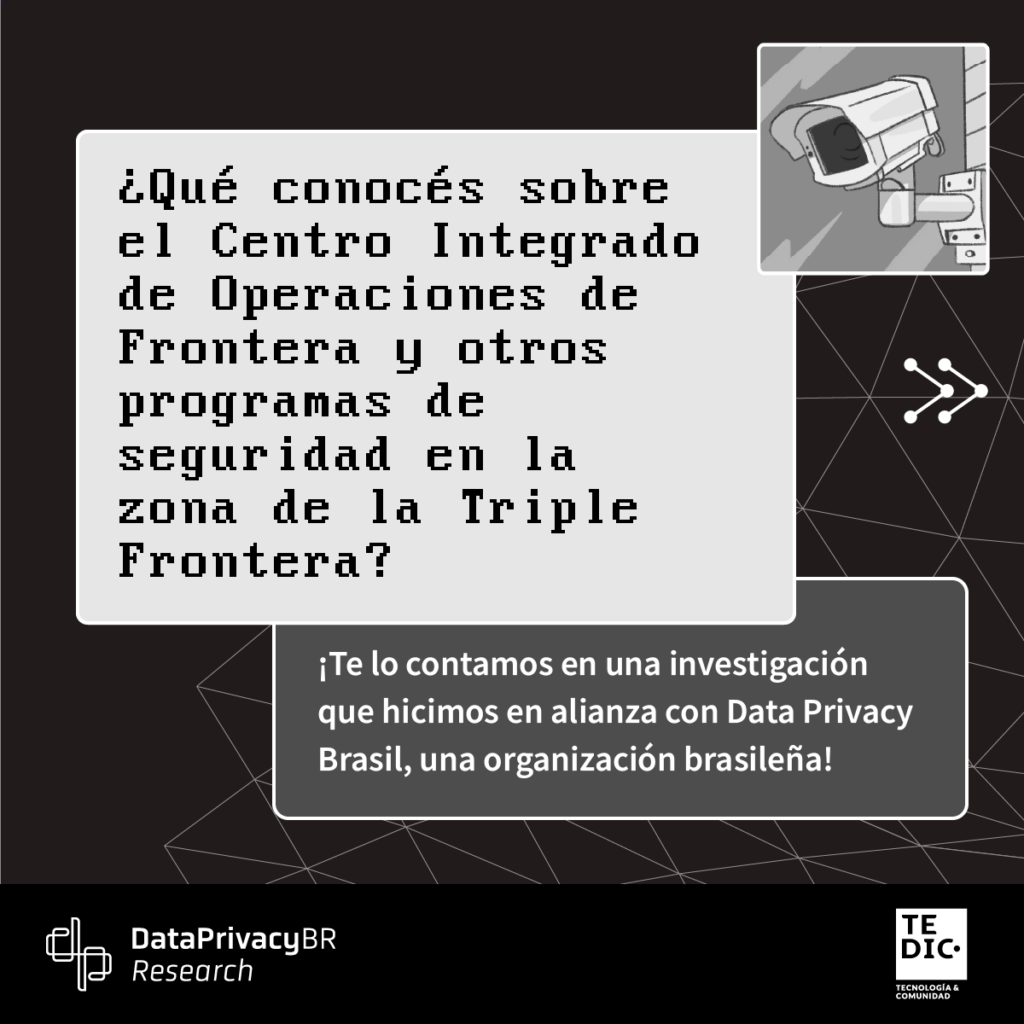
The press has reported a growing technologicalization of public security policies in recent years. Such a trend is particularly evident in the Triple Border Area, a strategic area due to one of the largest hydroelectric plants on the planet and a vital circulation of people, goods, and services.
In this sense, the neighbouring countries have developed a series of strategies in the last decade seeking to guarantee the area’s security. For example, the Brazilian government bought highly intrusive drones of Israeli origin in 2013 as part of its security strategies for the Confederations Cup. Likewise, Argentina bought and deployed similar technology in different borders of its country. Recently, the Paraguayan government has deployed the Automated System for Migration by Facial Recognition (SMARF). This technology records the biometric facial data of people who pass through the International Bridge of Friendship.
It is necessary to shed light on how security and technology institutions develop security and intelligence policies in the region. Therefore, TEDIC, in partnership with the Brazilian organization Data Privacy Brazil, has conducted research specifically focusing on a program called the Integrated Border Operations Center (CIOF). The work was possible thanks to the support of Privacy International.
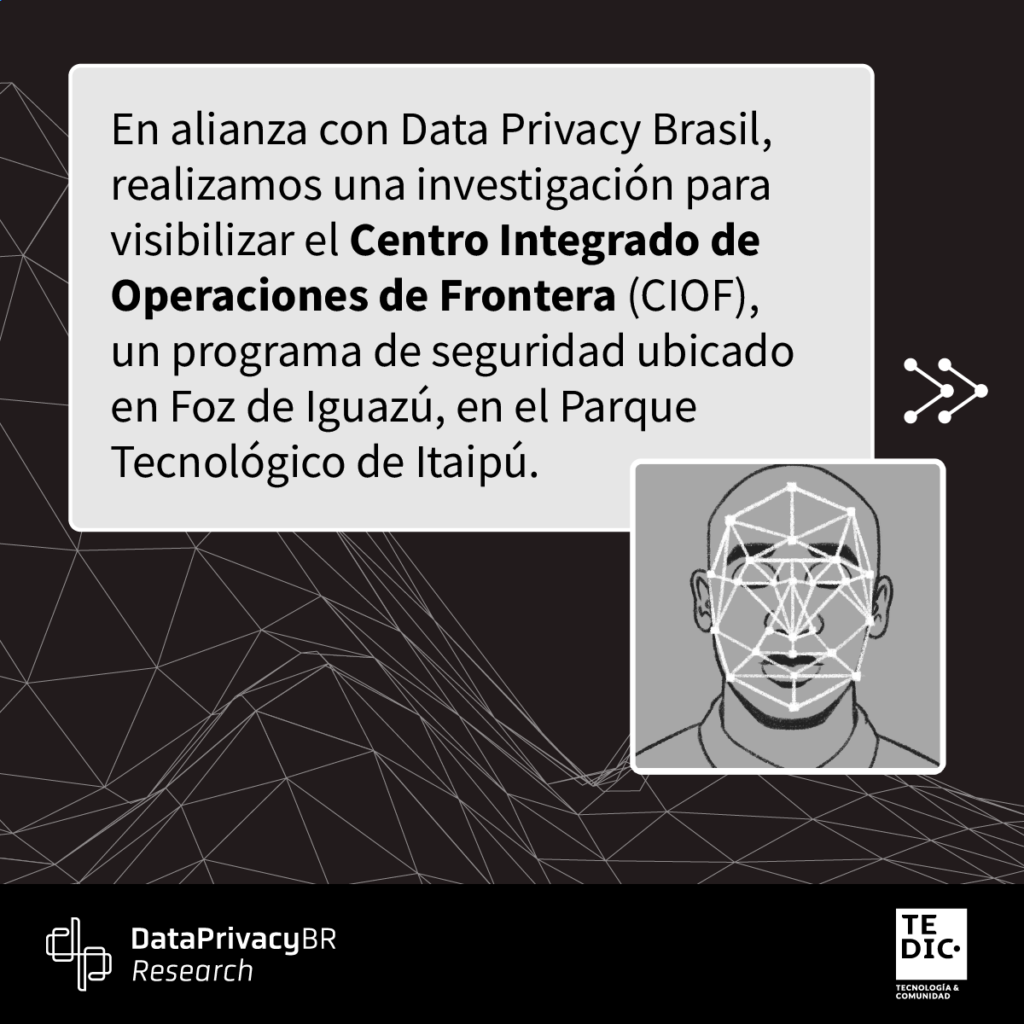
CIOF is a Brazilian public security program whose objective is to combat transnational organized crime and integrate different public security agents to centralize information under one roof.
The research is exploratory, focusing specifically on the CIOF centralized database, with a particular geographic focus on Brazil and Paraguay. It offers numerous insights into CIOF’s institutional membership, the management of its database, and its national and international projection. Concretely:
- Data sources from both sides of the border suggest that CIOF is the trend to come and will replicate itself across Brazil and the Triple Border Area. I.e. Argentina is finalizing its own Integrated Center in the same area.
- There is an institutional wish from Brazilian authorities to internationalize the membership within CIOF. There is at least evidence of 3 invitations sent to Paraguayan institutions: The Ministry of Interior, the National Police and the National Anti-Drug Secretariat (SENAD).
- There is evidence of apparent information exchange between the CIOF and the Tripartite Command, another tri-national security programme in Puerto Iguazú.
- There is interesting complementation in the findings from Brazil and Paraguay concerning international actors’ involvement in the Triple Border Area. The Paraguayan side identified the interest of the European Union in promoting the adoption of integrated centres such as CIOF in the area. The Brazilian side identified a significant U.S. presence in the CIOF implementation through visits of Brazilian authorities to the U.S Fusion Centers and sharing information agreements.
- CIOFs database can be accessed when solicited by public security organs (regardless of them being members of the Center). Additionally, CIOF does not have a privacy policy document, and the intention of producing one is not known. There is also no administrative act that regulates the collection and processing of these data.
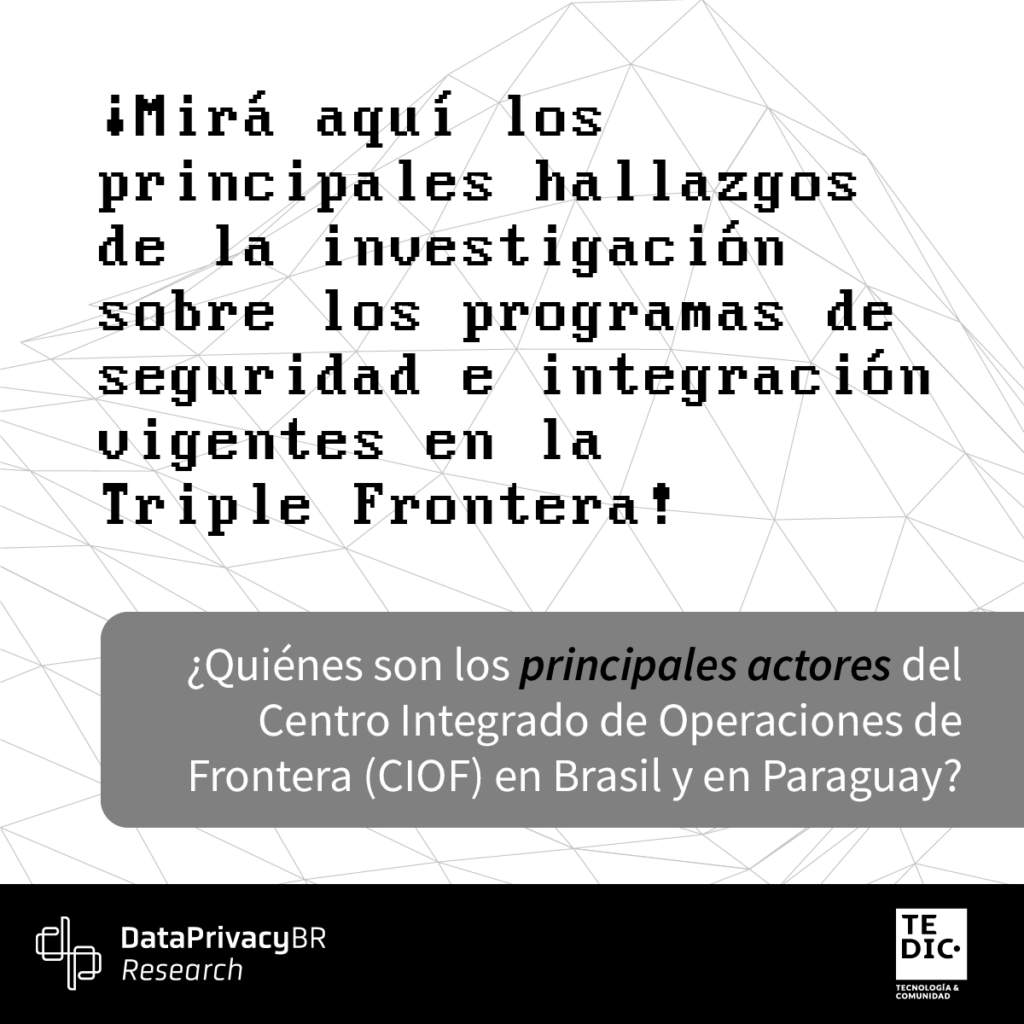
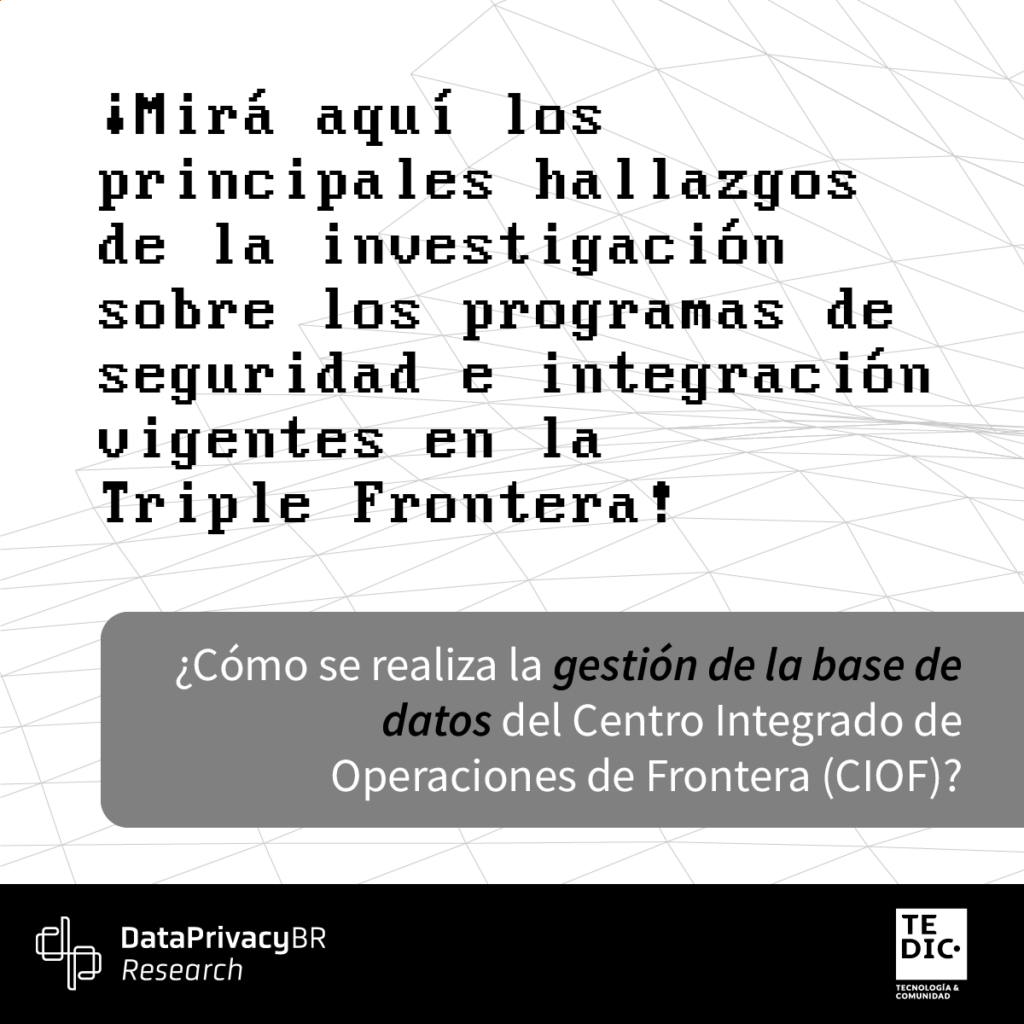
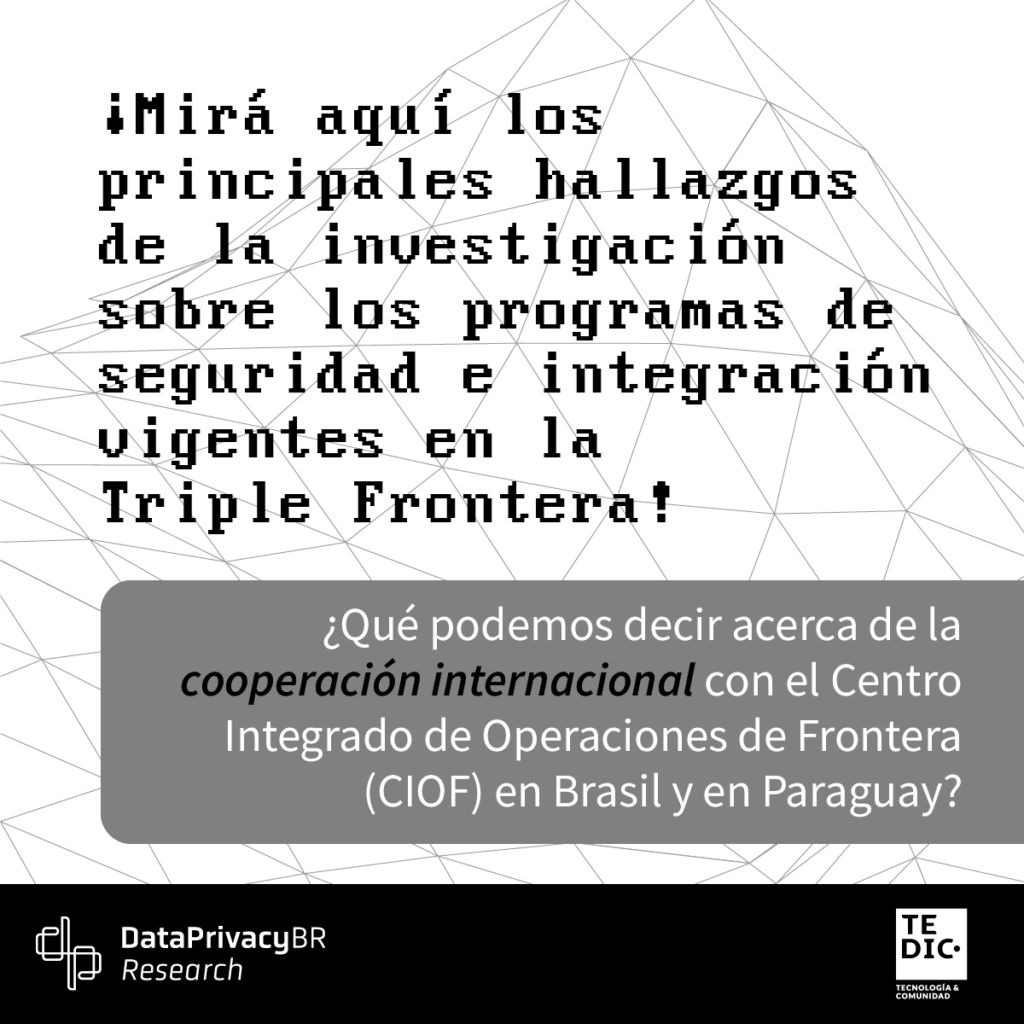
Lastly, based on the numerous findings, the report produced a stakeholder map showcasing the leading national and international actors linked directly and indirectly with CIOF.
Finally, and as a way of condensing all the information collected, the research produced a stakeholder map showcasing the leading national and international actors linked directly and indirectly with CIOF.
To access the entire investigation, go here.


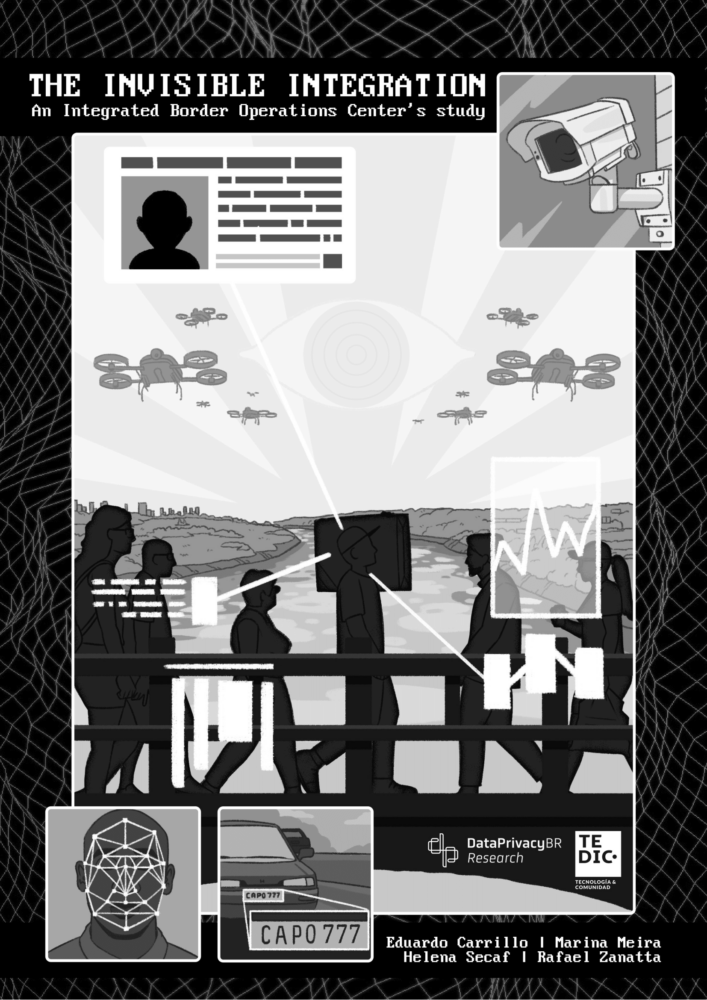
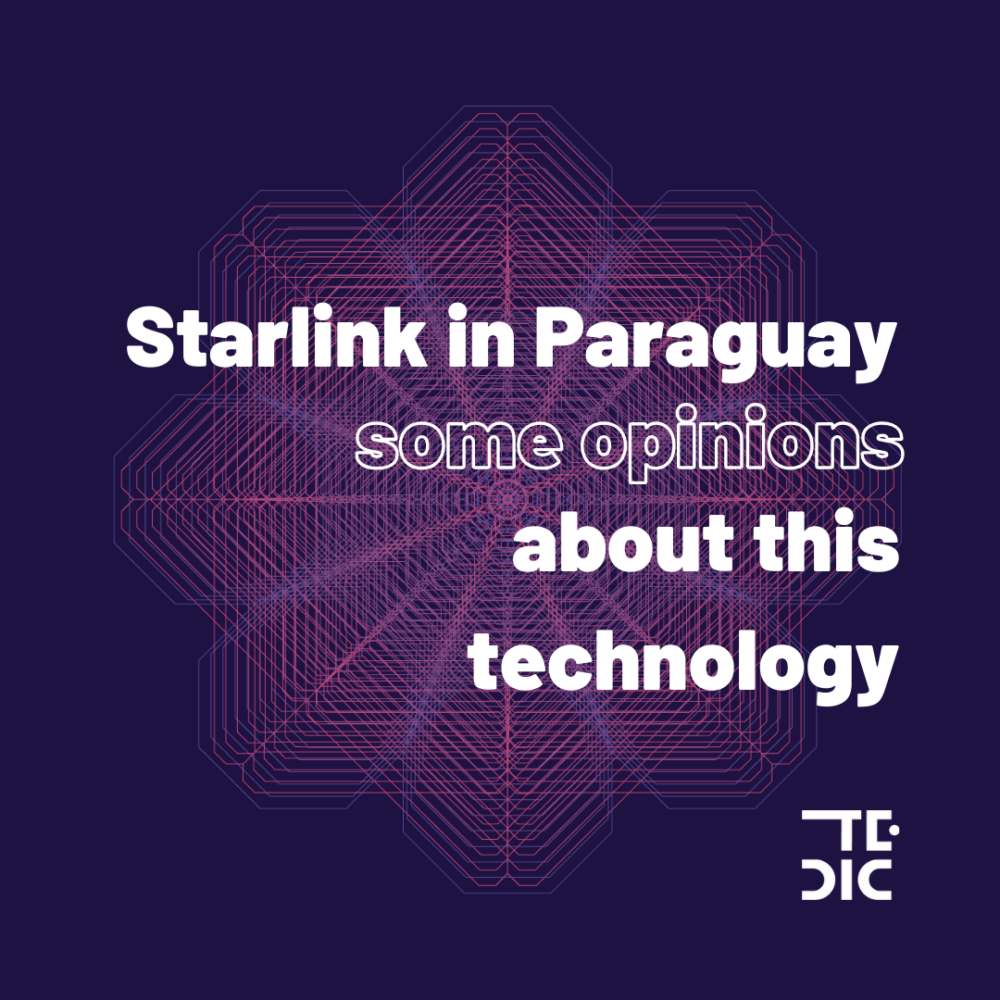 Starlink in Paraguay: are there risks or concerns about this technology?
Starlink in Paraguay: are there risks or concerns about this technology?